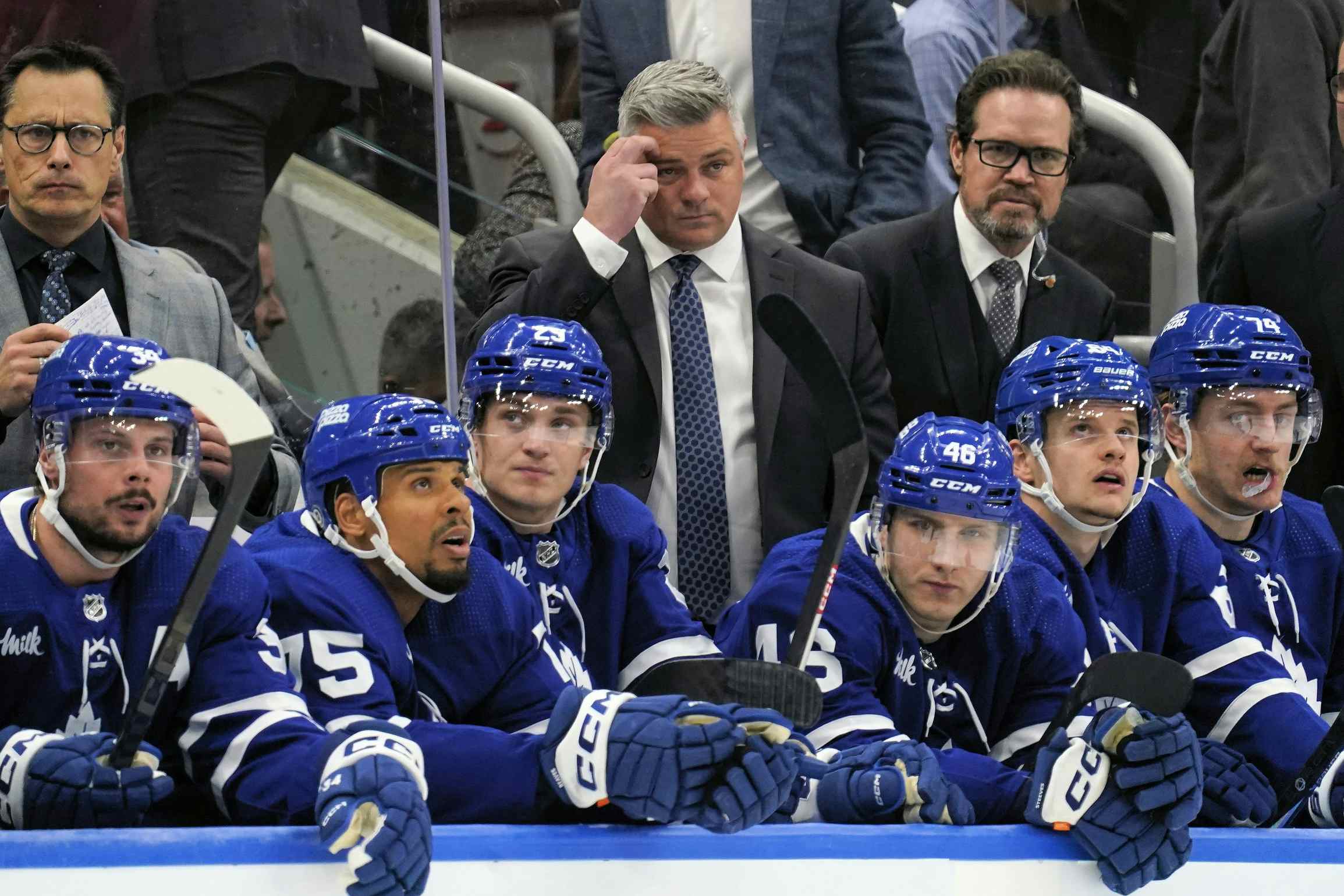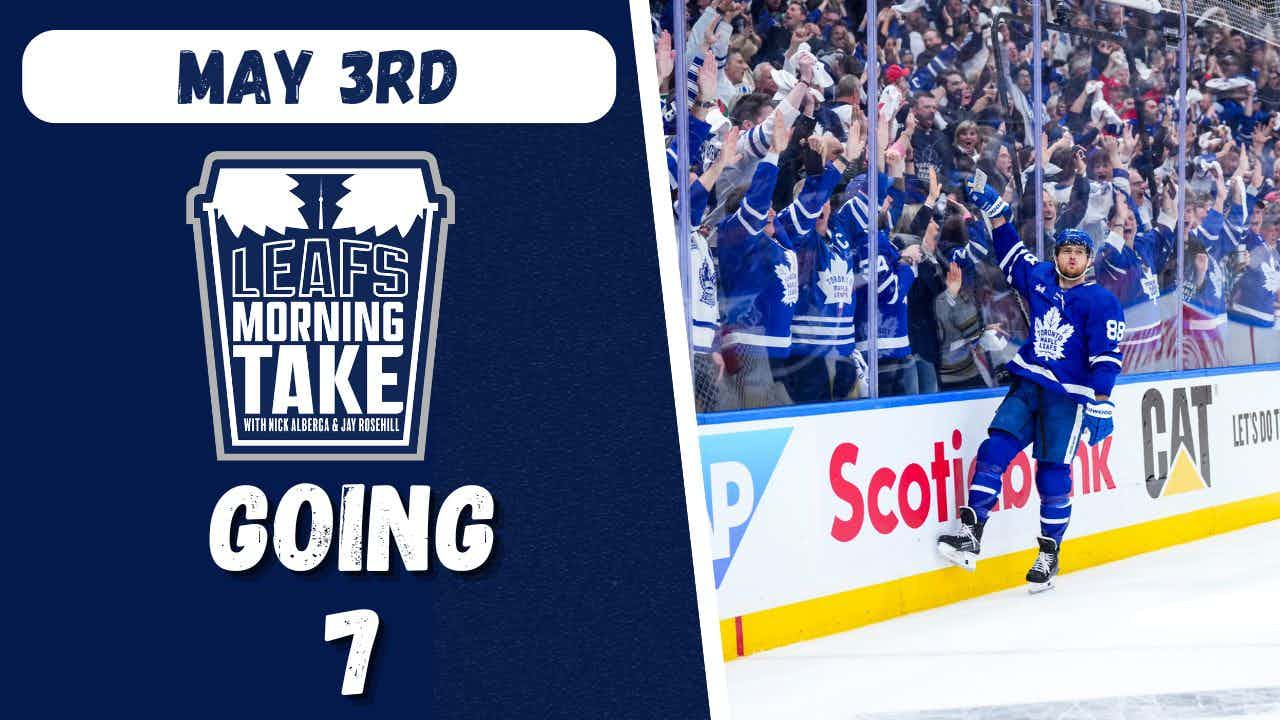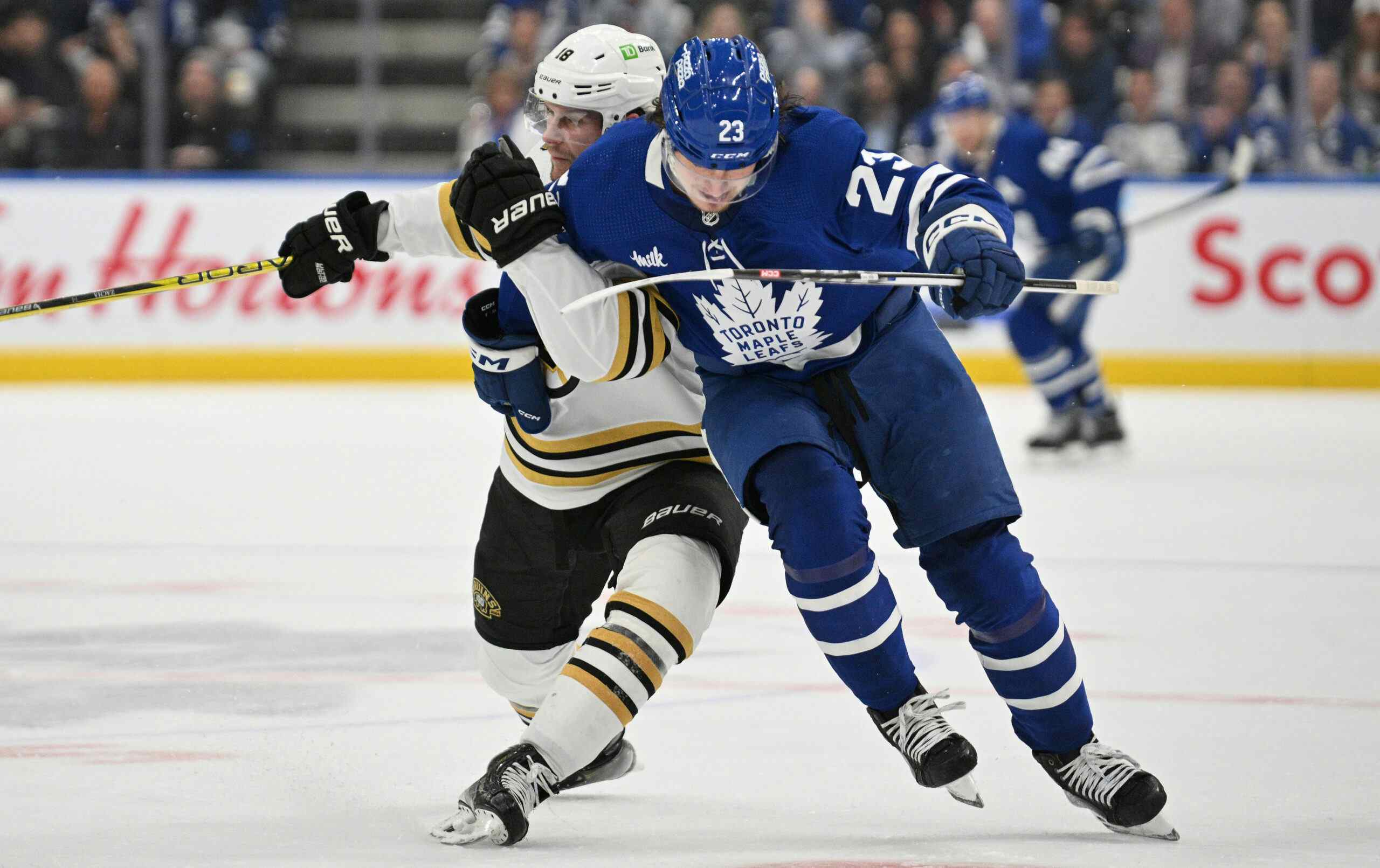Evaluating A New Goaltending Tandem
By Ian Fleming
7 years agoWith Jhonas Enroth and the Toronto Maple Leafs coming to terms on a one-year, $750,000 contract on Monday, the Leafs seemingly etched their goaltending duo in stone for the 2016-2017 season. Popular opinion would have the new combination of Enroth and Frederik Andersen as an upgrade over last year’s initial tandem of James Reimer and Jonathan Bernier, and Leafs supporters generally seem to be breathing a sigh of relief over not having to carry an untested prospect or project goaltender as their #2 into the new season.
That said, we would all be remiss if we didn’t at least attempt to take this view from anecdote to evidence-based argument, so let’s take a dive into some of the non-traditional metrics that may give us a better idea of what to expect in transitioning from Reimer and Bernier to Andersen and Enroth.
Speaking of tradition, what you will not find here is Goals Against Average. GAA is a team stat and should never, ever be used to evaluate a goaltender. Neither will you find raw save percentage. While far better than GAA, it does not account for unequal weights of special teams play, nor does it even begin to account for unequal weights of shot quality.
What we will use, though, are Even-Strength 5v5 statistics, broken down by Corsica’s danger tiers (explained by Emmanuel Perry, creator of Corsica, here), along with Adjusted Goals Saved Above Average per 60 Minutes (learn more here) and Above Average Appearances Percentage, both methods of calculation developed by Nick Mercadante of Hockey Graphs and Blueshirt Banter. These metrics will give us a better understanding of goaltender performance in (somewhat) equal game situations.
Let’s first look at the table immediately below, which takes a cumulative view of the previous three seasons:
Shots on Goal
Against
Regressed
LD Sv%
Regressed
MD Sv%
Regressed
HD Sv%
Above Average
Appearances %
97.7248
93.6081
80.3276
0.1342
56.0000
97.7958
92.2980
80.9586
-0.0262
52.1277
97.5741
91.9666
81.8165
-0.0414
55.8559
97.6074
91.3043
81.8424
-0.1238
47.6821
52.9760
Don’t be alarmed if what pops out at first glance is the use of “regressed” save percentages. This is an attempt to find a goaltender’s “true” performance level by artificially expanding a small sample size and tying it to league average performance; goaltenders with lower shot counts will regress further toward that average, while goaltenders with a larger sample will shift less, as we can feel more confident about their actual base statistics.
So what do we see from this? First, from 2013-2016, James Reimer and Jonathan Bernier were very similar, statistically-speaking. Both were below average with regard to low- and medium-danger shots against, but outperformed the league average by a full percent against high-danger attempts. Where they greatly differ is in their game-by-game performance; Reimer will give you more Above Average Appearances (defined as a game where adjGSAA > 0) than Bernier. At the risk of oversimplification, you could say that he’s more reliable.
While Jhonas Enroth’s performances are cut from the same mold as Reimer and Bernier (below average against LD and MD, above against HD), Frederik Andersen is a different beast entirely. Still slightly below average against low-danger (to the tune of roughly one more goal allowed per 1000 shots) and high-danger, Andersen excels against medium-danger attempts, enough so to pull his total adjGSAA/60 into above average territory (0.1342), slotting in just behind Brian Elliott (0.1595), Braden Holtby (0.1580), and Jonathan Quick (0.1449). In fact, among the 33 goaltenders with a minimum of 100 games played over the last three seasons, Andersen ranks 10th in adjGSAA/60.
If three seasons of data and/or regressed percentages aren’t exactly your cup of tea, the next table and set of charts may be for you. Here we have the same set of metrics, just using raw save percentages, for the 2015-2016 season only, and we can see just what small sample sizes do to our data.
| 2015-2016 | Even-Strength 5v5 | |||||
Shots on Goal Against | Raw LD Sv% | Raw MD Sv% | Raw HD Sv% | adjGSAA/60 | Above Average Appearances % | |
| Frederik Andersen | 824 | 97.0588 | 92.9889 | 84.3575 | 0.1202 | 58.1395 |
| Jhonas Enroth | 321 | 98.7342 | 90.6250 | 86.5672 | 0.2652 | 68.7500 |
| James Reimer | 888 | 97.2851 | 92.8571 | 87.3494 | 0.2801 | 60.0000 |
| Jonathan Bernier | 894 | 96.5675 | 89.0071 | 81.7143 | -0.5410 | 42.1053 |
| League Average | 97.9129 | 92.5115 | 81.3294 | 0.000 | 53.4065 |
Basically, things go haywire. Andersen, Enroth, and Reimer have high-danger save percentages shoot through the roof, Bernier’s low- and medium-danger save percentage crash completely, and the only thing that really stays consistent from a three-year view to one year is Andersen’s end product – adjGSAA/60 and Above Average Appearances Percentage. If you’re more of a visual learner, take a look at the SAVE Chart comparisons (created by yours truly, available here) of each goaltender for this past season:
*note: SAVE uses data from the now-defunct War-On-Ice, which defines danger zones differently than Corsica’s danger tiers


Again, with the exception of Andersen, we see a set of goaltenders that typically hang around league average bouncing off the walls. It’s easy to look at this season and jump all over Jonathan Bernier for being far below average, yet given such a small sample and similar three-year performances, the upswings for Enroth and Reimer could have just as likely been Bernier-like downswings.
But, since the entire point of this piece is to evaluate what Toronto has in its new goaltenders as a pair, let’s take one last look at last season’s combined performances for Andersen-Enroth and Reimer-Bernier:
| 2015-2016 | Even-Strength 5v5 | |||||
Shots on Goal Against | Raw LD Sv% | Raw MD Sv% | Raw HD Sv% | adjGSAA/60 | Above Average Appearances % | |
| Andersen/Enroth | 1145 | 97.5564 | 92.3706 | 84.9594 | 0.1605 | 61.0170 |
| Reimer/Bernier | 1782 | 96.9283 | 90.9253 | 84.4575 | -0.1208 | 51.2821 |
| League Average | 97.9129 | 92.5115 | 81.3294 | 0.0000 | 53.4065 |
Sample size is still far too small to reduce variance in the raw save percentages, but the tandems start to shake out as we may expect from the three-year data, if only in terms of relative performance.
So what can we take away from this? While the deeper numbers leave some room for opinion to be injected into the Andersen-Enroth vs. Reimer/Bernier argument, signing Jhonas Enroth gives the Maple Leafs far more security in net than they had before inking him, when they had, at best, a replacement-level goaltender as their #2. It’s also more likely than not that the Leafs have upgraded at the goaltender position, based on a larger, regressed sample size that points (albeit weakly) toward Andersen being an improvement from Reimer, and Enroth being an improvement from Bernier. As we’ve seen, though, one-year swings can wreak havoc, and it would be wise for both Leafs management and the fanbase to remain patient while Andersen and Enroth acclimate to their new surroundings.
Recent articles from Ian Fleming





